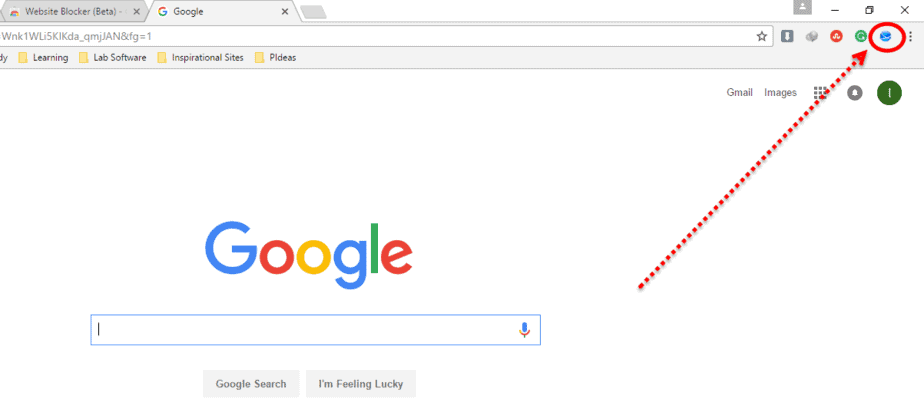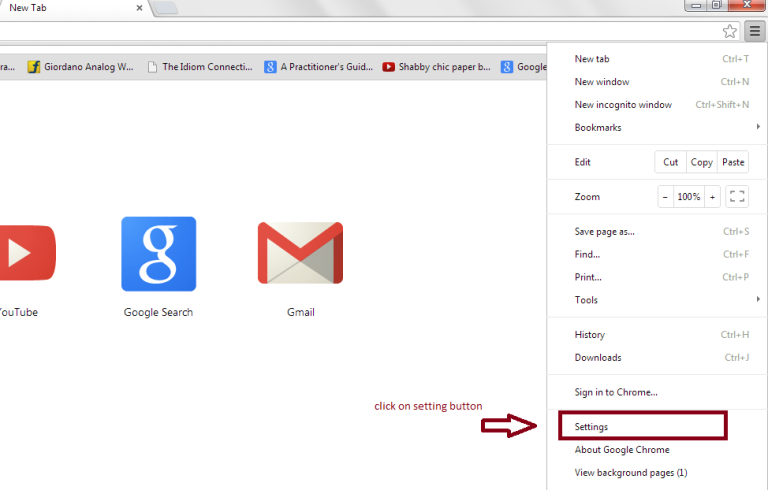

In most English language-speaking countries, at least, that's Google. For a proper technical SEO audit, we need to see what the most common search engine sees. What Googlebot sees doesn’t need to be identical to what a person using a browser sees, but main navigation and the content you want the page to rank for should be the same. Viewing a website as Googlebot means we can see discrepancies between what a person sees and what a search bot sees. Like it or lump it, the future of technical SEO, at least for now, includes lots of JavaScript and different webpage renders for bots and users. Technical SEO is about making websites as easy as possible for search engines to crawl, render, and index (for the most relevant keywords and topics). There are instances where technical SEO and usability crossover. This is something I will investigate further, but my anecdotal evidence suggests client-side rendered websites are generally more difficult to use for people who rely on accessibility devices such as a screen reader. Websites should be designed to work on the lowest common denominator of a device, with progressive enhancement (through JavaScript) used to improve the experience for people, using devices that can handle extras. A mini rant here: there are exceptions, but generally, I think client-side rendered websites are a bad idea. Generally, I find that this setup overcomplicates websites and creates more technical SEO issues than a server-side rendered or traditional HTML website. When I see "Discovered - currently not indexed" for several URLs in Google Search Console’s Coverage (or Pages) section, the website is more often than not JavaScript-rendered.Īttempting to get around potential SEO issues, some websites use dynamic rendering, so each page has two versions:Ī server-side render for bots (such as Googlebot and bingbot).Ī client-side render for people using the website. It uses much more of a device’s processing power - wasting the device’s battery life- and much more of Google’s, Bing’s, or any search engine’s server resource.Įven Googlebot has difficulties rendering JavaScript and delays rendering of JavaScript beyond its initial URL discovery – sometimes for days or weeks, depending on the website. Especially when compared to HTML and CSS, JavaScript is very expensive to render. SEO-wise, some search bots don’t render JavaScript, so won’t see webpages built using it. These days, many websites are rendered client-side (in the web browser itself) – whether that's Chrome, Safari, or whatever browser a search bot uses – meaning the user's browser and device must do the work to render a webpage.

Originally, web servers sent complete websites (fully rendered HTML) to web browsers. Increasingly, though, whole websites are being built with JavaScript. JavaScript was generally used for embellishments (such as small animations on a webpage). Why should I view a website as Googlebot?įor many years, us technical SEOs had it easy when auditing websites, with HTML and CSS being web design’s cornerstone languages. Skip to "How to set up your Googlebot browser". Using a user-agent browser extension is often close enough for SEO audits, but extra steps are needed to get as close as possible to emulating Googlebot. We'll set up a web browser specifically for Googlebot browsing. In this article, I'll describe how and why to use Google Chrome (or Chrome Canary) to view a website as Googlebot.


 0 kommentar(er)
0 kommentar(er)
